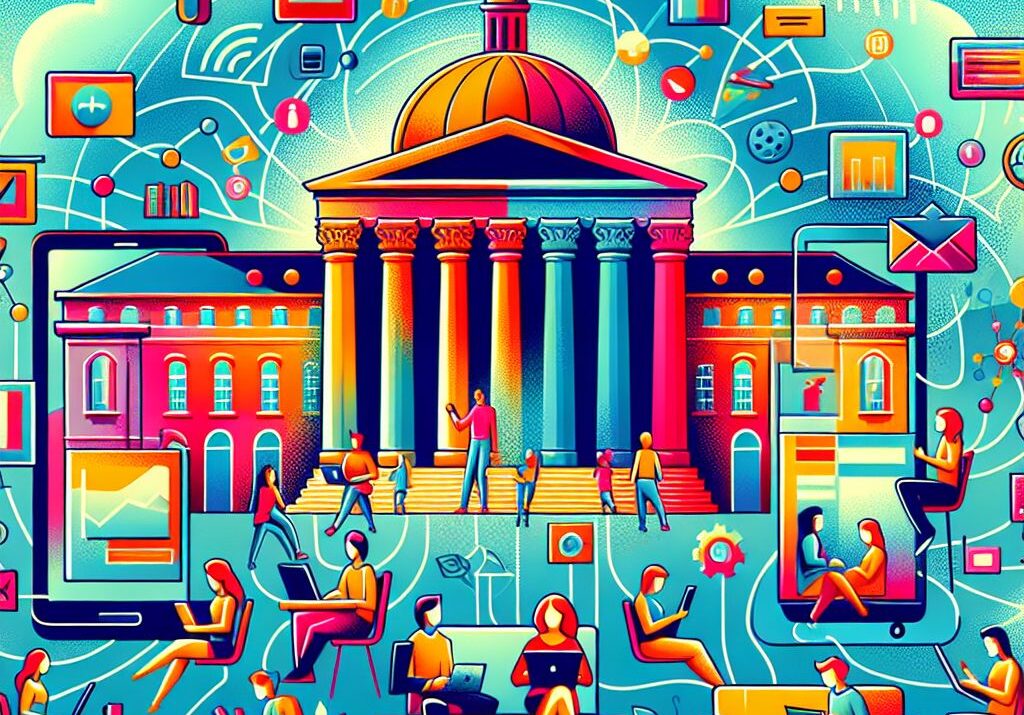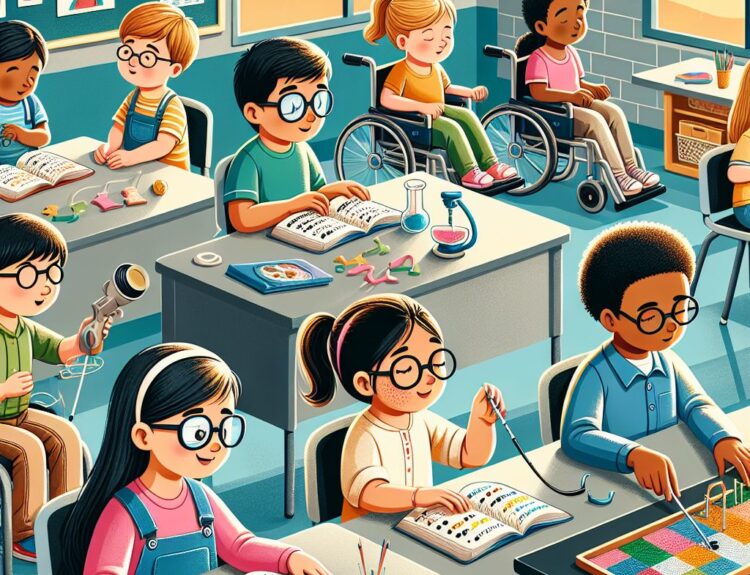Introduction: The Emergence and Relevance of Distance Learning
The advent of the digital age has birthed an evolution in the field of education. Now more than ever, higher education is not confined within the four walls of a classroom but can be accessed from the comforts of home or any location worldwide. This article will delve into the concept of distance learning in higher education, its relevance in today’s society, and the future it holds.
• Distance learning facilitates access to education for individuals who are physically distant from educational institutions.
• It provides flexibility, enabling students to learn at their own pace and in their own space.
The Benefits of Distance Learning
Distance learning offers several advantages over traditional educational methods. It provides a flexible learning environment that can accommodate various schedules and lifestyles, making it a viable option for working adults, parents, and those living in remote areas. Furthermore, it fosters autonomy in learning, promoting self-discipline and the development of important life skills such as time management and problem-solving [The Power of Early Learning: Exploring the Benefits of Early Childhood Education].
The Challenges of Distance Learning
Despite its benefits, distance learning is not without its challenges. Technical difficulties, lack of face-to-face interaction, and the need for self-motivation can pose obstacles to successful distance learning. However, with the advancement of technology and the implementation of effective learning strategies, these challenges can be mitigated [The Lifelong Advantages: Exploring the Benefits of Early Childhood Education].
Advancements in Distance Learning Technology
Technological advancements have significantly contributed to the effectiveness and accessibility of distance learning in higher education. Platforms such as Learning Management Systems (LMS), Virtual Reality (VR), and Artificial Intelligence (AI) are revolutionizing the delivery of education, making learning more interactive, personalized, and engaging. These advancements promise a more immersive and efficient learning experience for distance learners [The Lifelong Impact: Exploring the Benefits of Early Childhood Education].
The Future of Distance Learning
The future of distance learning in higher education appears promising. With the continuous enhancement of educational technologies and the growing recognition of the legitimacy and effectiveness of online degrees, distance learning is expected to become an integral part of higher education. Furthermore, as the demand for lifelong learning increases in today’s rapidly changing job market, distance learning is poised to play a crucial role in providing accessible and flexible education for all.
Conclusion: Embracing the Future of Distance Learning
Distance learning in higher education has come a long way from being a mere alternative to traditional education. It is now a robust and dynamic learning modality that caters to the diverse needs of students worldwide. As we look forward to the future of distance learning, it is essential to continuously enhance its delivery, to address its challenges, and to harness the power of technology to ensure that quality education is accessible to everyone, everywhere, at any time.







